
Many parts of the country face long droughts or sudden, huge inundations of water from hurricanes or floods. We in Ohio rarely face these situations. Nevertheless, climate change has meant that “normal” is rarely normal anymore. Instead, we are faced with extremes – rain almost every day for a few weeks, then hot, dry weather for a few weeks to a month, then rain again, etc. When it does rain, where does all the water go?

Storm water runoff
One huge problem that we face is storm water runoff. Some of the water is absorbed by our landscapes but almost all of the water from building roofs goes into gutters and drainpipes and then into the sewers that can be hard pressed to handle that amount of precipitation. For home owners, and commercial property owners as well, the sewer charges can be enormous. How much better for the environment and the pocketbook to disburse this water on the property where it can be absorbed into the ground and eventually back into the aquifer below. Unfortunately, many municipalities do not allow gravel driveways which are the ultimate in permeable paving. Therefore, we must find other alternatives that are, thankfully, available.
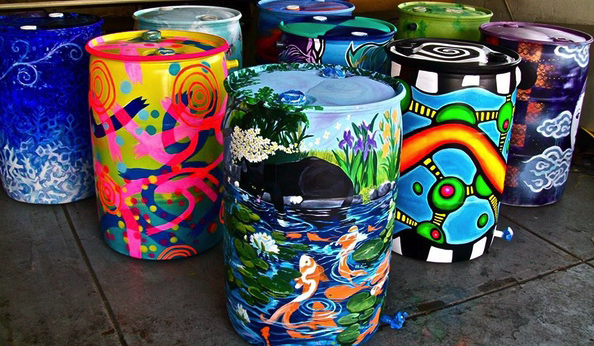
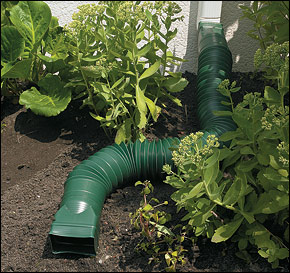
Try to think differently about downspouts that carry rainwater into the sewer system. How can you design a system that transports water from the downspout into the landscape to reduce the need for irrigation? Rain barrels are one answer and they don’t have to be ugly. Another is as follows: My garage is not attached to the house and the downspout is now attached to a large, perforated plastic pipe that runs through one of the landscaped beds in front of the garage. The other end of the pipe is open to the driveway for those instances in which the rain is so heavy that there will be a significant overflow. I am about to work with a contractor to install something similar to accommodate water from the back of the house, diverting it from the sewer. It is important to remember that water needs to be diverted away from the house foundation. No one wants a wet basement or rotted joists and support beams.

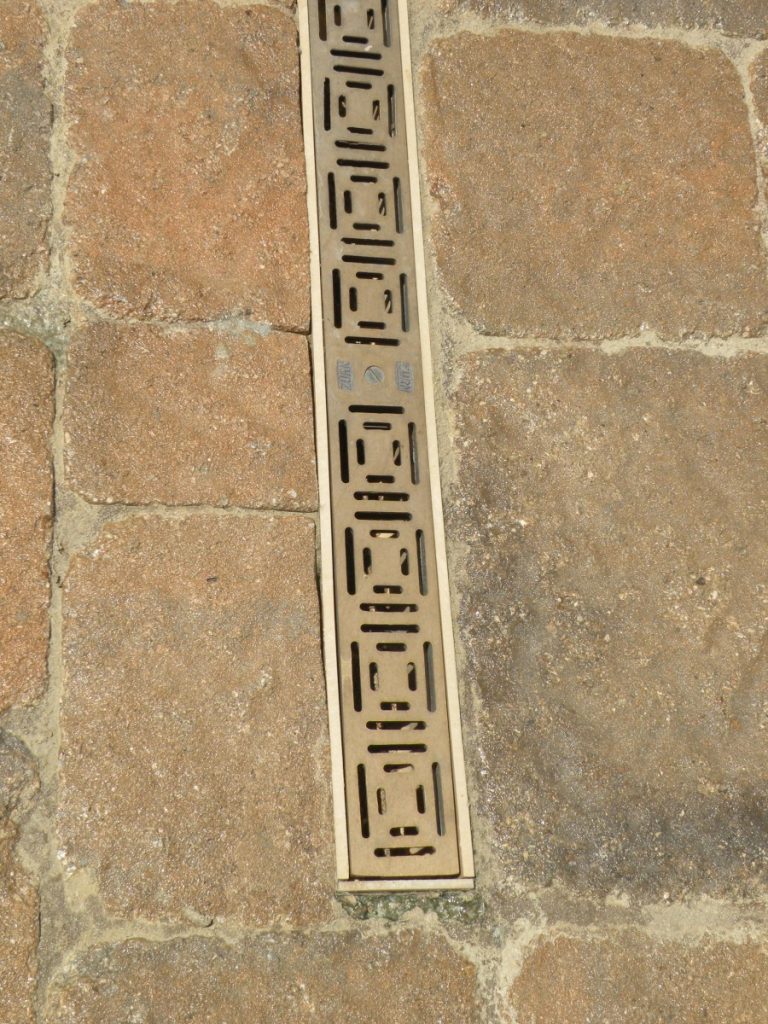
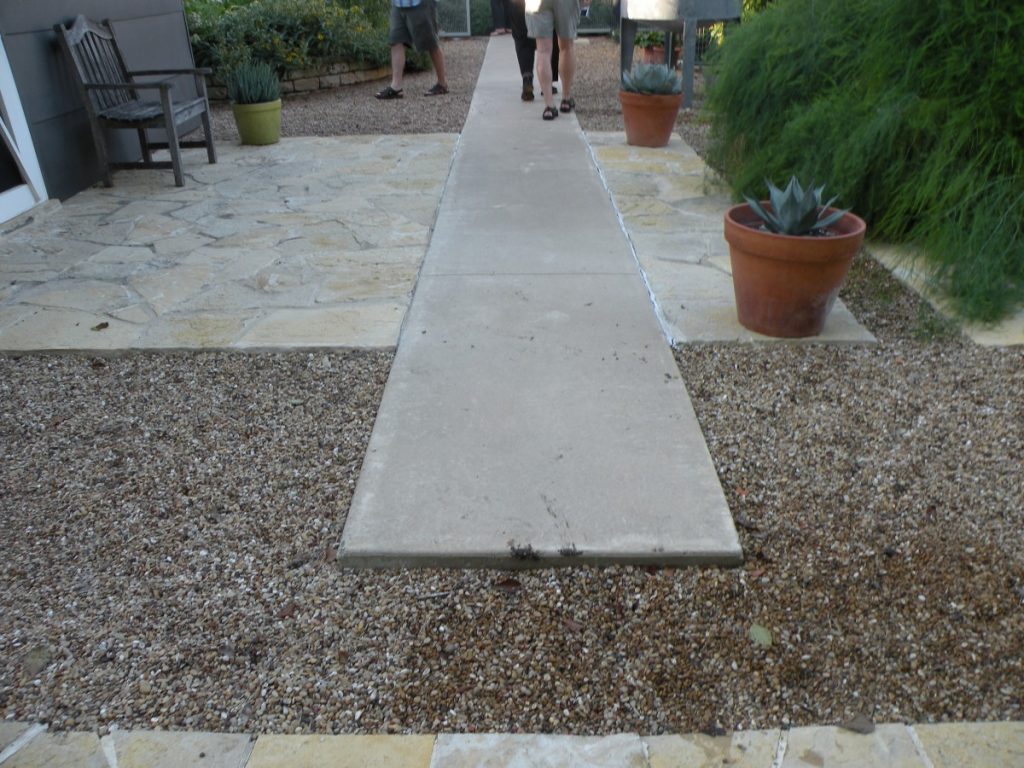
Drainage
When designing and installing new sidewalks, patios or driveways, talk to your contractor about allowing wider joints so that water can drain between stones or pavers. I have seen beautiful drain plates, some square and some rectangular, that add pizzazz to the design without allowing silty space for weeds. Another possibility is adding gravel areas on either side of such areas to provide for drainage. Increasing permeability will always help to diminish runoff.
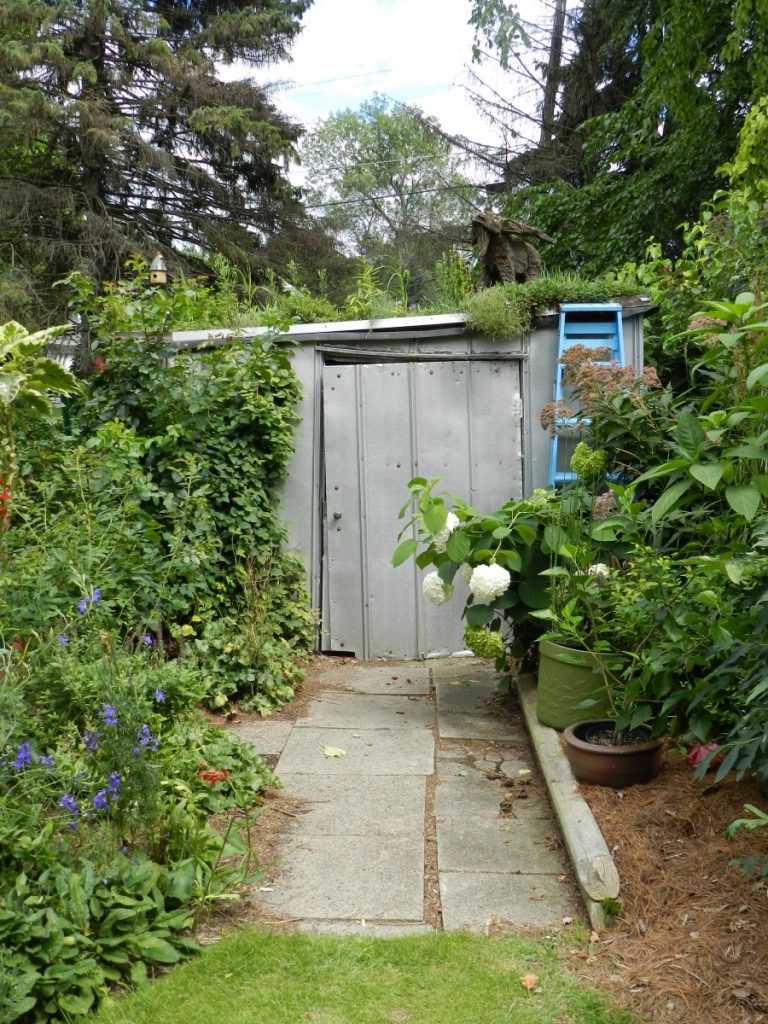
Green Roofs and Walls
Green roofs and green walls are widely used in Europe and Canada as a means of using storm water runoff for irrigation as well as lowering energy costs. Green roofs insulate the roofs below, shielding them from sun to lower air conditioning costs in the summer and shielding them from winter winds and dipping temperatures to lower heating costs in the colder months. Many of us will never design either because they both require a great deal of engineering expertise but it is always a concept to keep in the back of our minds, never knowing when such a need may arise. There are now several excellent books on the subject that explain the engineering, the soil specifications, and the plants that can be used.

against a stucco wall.
Although many of us have been creating green walls for centuries, we never thought of them in the way that they are being thought of today. What else is a wall or a fence with an attached trellis and vines? We’ve all seen the plastic planting pockets that are meant to be hung on walls and fences. They could be effective insulators during the growing season but are not suited for winter gardening.Let’s keep looking for ways to make our landscapes more sustainable.


0 Comments